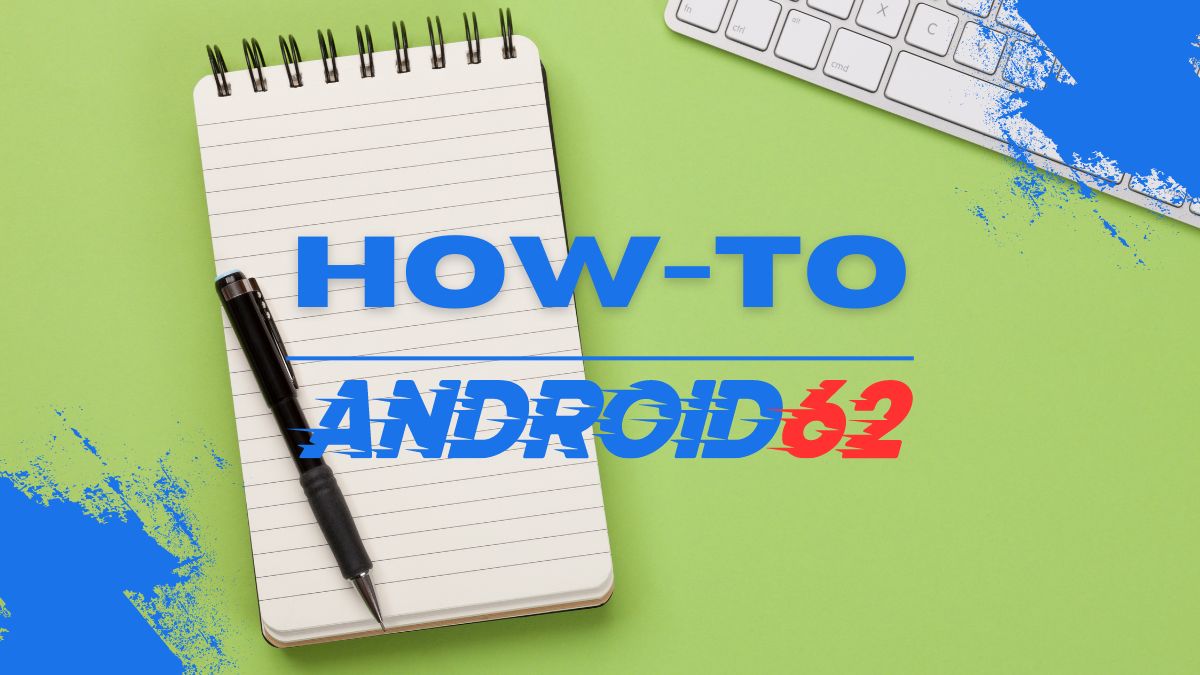
Learning how to greet someone in their native language is a great way to show respect and forge connections with people from different cultures. In this article, we will explore how to say “Good Morning” in Italian, along with some additional greetings and cultural nuances.
1. Basic Greeting: “Buongiorno”
Buongiorno (pronounced: bwohn-johr-noh) is the standard way to say “Good Morning” in Italian. This greeting is used from morning until around midday, typically until 1 or 2 p.m. It is a polite and formal way to start the day and is commonly used in professional settings or when greeting strangers.
2. Informal Greetings:
For more casual or informal settings, there are a few alternatives to “Buongiorno” that you can use:
- Ciao, buongiorno – This is a friendly and casual way to say “Hello, good morning” to friends, family, or people you know well.
- Salve – A versatile greeting that can be used throughout the day, meaning both “hello” and “goodbye”. It is slightly less formal than “Buongiorno”.
3. Regional Variations:
Italy has a rich cultural diversity, and as a result, there are regional variations in greetings. Some regions may have their own unique ways to say “Good Morning”. Here are a few examples:
- Buongiorno a tutti – This is a common greeting in Southern Italy, meaning “Good Morning, everyone”.
- Cià, bon di’ – A dialectal variation used in parts of Northern Italy, particularly in Lombardy.
4. Importance of Greetings in Italian Culture:
Greetings are an essential part of Italian culture, and how you greet someone can set the tone for the rest of your interaction. Here are some cultural nuances to keep in mind:
- Handshakes and Kisses – Italians are known for their warm and affectionate greetings, which may involve handshakes, cheek kisses, or hugs depending on the relationship.
- Eye Contact – Making eye contact and offering a warm smile when greeting someone is considered polite and respectful in Italian culture.
- Punctuality – It is important to greet someone promptly in Italy, especially in professional settings. Arriving late or skipping greetings can be seen as rude.
5. Other Time-Specific Greetings:
Aside from “Good Morning,” here are some other time-specific greetings in Italian:
- Buon pomeriggio – Good afternoon, used from around midday until early evening.
- Buona serata – Good evening, used in the evening as a farewell greeting.
- Buona notte – Good night, used when saying goodbye for the night or before going to bed.
6. Using Greetings in Everyday Life:
Practicing greetings in Italian can help you navigate social interactions and build relationships. Here are some everyday scenarios where you can utilize your newfound knowledge:
- Greeting Colleagues – Start your workday by saying “Buongiorno” to your colleagues as a sign of respect and camaraderie.
- Meeting New People – When meeting new people, a friendly “Buongiorno” can help break the ice and make a positive impression.
- Visiting a Local Cafe – When entering a local cafe in Italy, greet the staff with a warm “Buongiorno” to show courtesy.
7. Conclusion:
Learning how to say “Good Morning” in Italian is a simple yet effective way to connect with Italian speakers and immerse yourself in the culture. Whether you opt for the formal “Buongiorno” or a more casual greeting, remember that greetings play a significant role in establishing positive communication and relationships.



